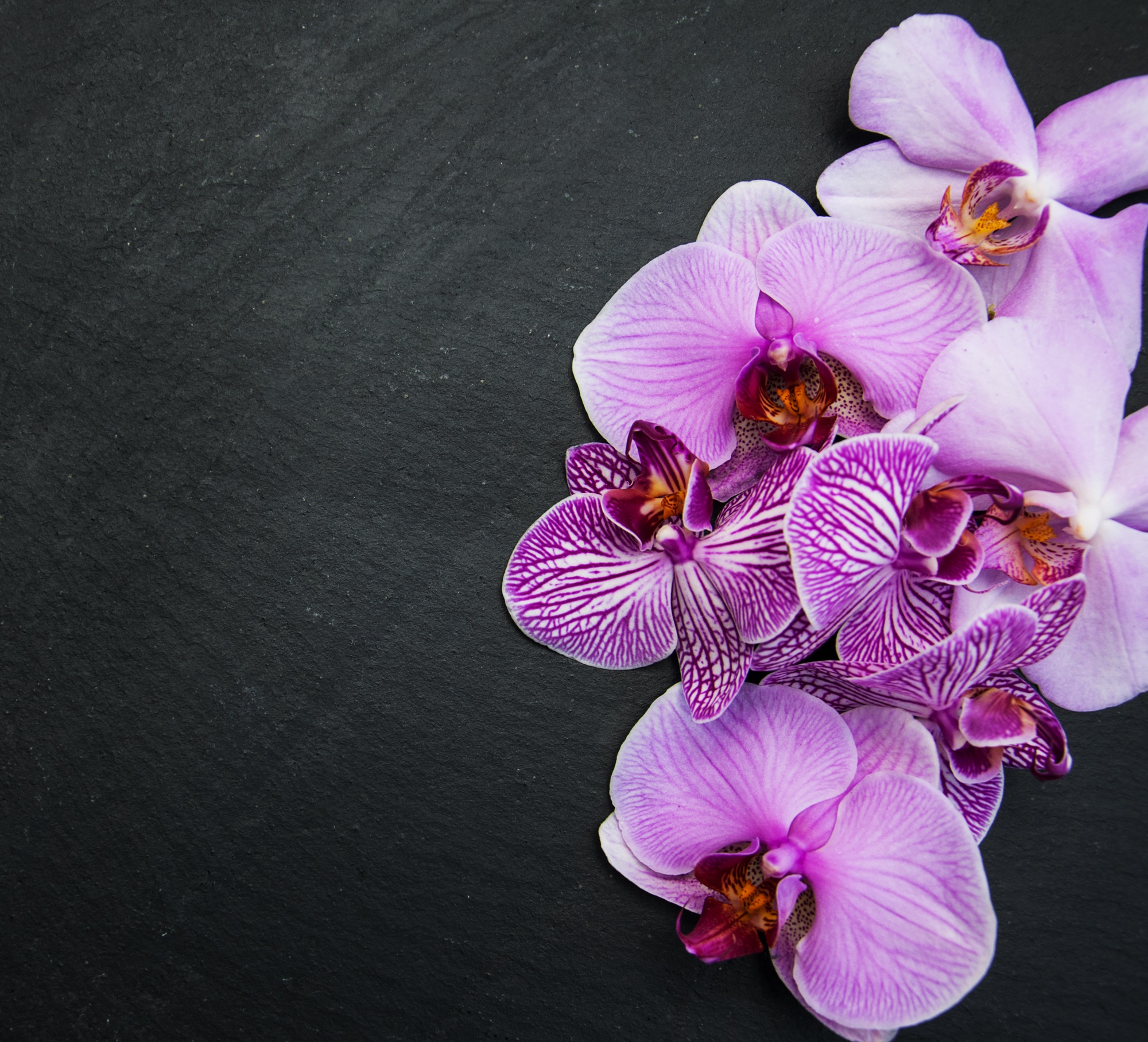The orchid flower is one of the most exquisite and diverse members of the plant kingdom, celebrated for its beauty, intricate structure, and rich symbolism and meaning. Belonging to the orchidaceae family, orchids are one of the largest families of flowering plants, with over 25,000 recognized species and countless hybrids. These flowers have captivated human imagination for centuries, symbolizing everything from elegance to virility.
The Orchid Family: A Botanical Marvel
Origins and Evolution
- Orchids have been around for approximately 100 million years, evolving alongside insects for pollination.
- Molecular phylogenetic studies reveal their complex taxonomy, making orchids one of the most studied plant families in botany.
Diversity of Orchid Species
The orchid family includes a wide range of species and hybrids:
- Phalaenopsis Orchid: Also known as the “moth orchid,” it is one of the most popular cut flowers due to its vibrant blooms and long-lasting beauty.
- Dendrobium Species: Known for their adaptability, these orchids can be found in diverse environments, from the forests of New Guinea to temperate climates.
- Cymbidium Orchids: Valued for their hardiness and elegance, often used in bouquets and arrangements.
- Paphiopedilum: The “lady’s slipper” orchid, recognized for its unique pouch-like labellum.
- Vanda Orchids: Revered for their large, colorful blooms and fragrant scent.
Orchid Structure and Characteristics
Anatomy of an Orchid Flower
- Orchids have three distinct petals and three sepals, often with a prominent labellum or lip, which serves as a landing platform for pollinators.
- Some orchids exhibit resupinate flowers, where the bloom twists during development, orienting the labellum downward.
Growth Forms
- Epiphytic Orchids: These orchids grow on trees, relying on symbiotic relationships to thrive.
- Terrestrial Orchids: Found growing in soil, with tuberous roots or pseudobulbs for nutrient storage.
- Sympodial Orchids: Characterized by horizontal growth, forming multiple shoots.
The Meaning and Symbolism of Orchids
Cultural Significance
Orchids are deeply rooted in history and culture:
- Ancient Greeks believed orchids were associated with virility and fertility, with their orchid tubers thought to influence the gender of children.
- During Victorian times, orchids symbolized regality and wealth, leading to the phenomenon of orchidelirium, where rare orchids were highly sought after.
- In various cultures, orchids represent new beginnings, elegance, and admiration.
Meaning Behind Orchid Colors
The orchid color often determines its symbolism and meaning:
- White Orchids
- White orchids are often associated with purity and spirituality.
- Symbolize femininity, innocence, and grace.
- Purple Orchids
- Represent regality, admiration, and respect.
- Often used to honor someone special.
- Pink Orchids
- Symbolize love, gratitude, and joy.
- Perfect for celebrating milestones or showing appreciation.
- Yellow Orchids
- Represent friendship and positivity.
- Bring a cheerful touch to any occasion.
- Red Orchids
- Associated with passion, strength, and courage.
- Often used alongside a red rose for romantic gestures.
- Orange Orchids
- Symbolize enthusiasm and boldness.
- A vibrant choice for inspiring energy and creativity.
Orchids in Everyday Life
Orchids as Gifts
- Orchids are often given to convey elegance, admiration, and appreciation.
- Whether you’re giving a phalaenopsis orchid for its beauty or a cymbidium for its longevity, orchids make thoughtful gifts.
Environmental Benefits
- Orchid plants contribute to the environment through their ability to purify the air, making them a healthy addition to any space.
Orchids in Cuisine and Medicine
- Vanilla orchids, a key source of vanilla flavoring, are used in culinary creations worldwide.
- In traditional medicine, orchid tubers have been used to make salep, a drink believed to promote vitality.
Growing and Caring for Orchids
Tips for Thriving Blooms
- Light Requirements: Orchids may require bright, indirect light. Avoid direct sunlight to prevent scorching the petals.
- Watering: Most orchids thrive when their roots are kept moist but not soggy.
- Fertilizing: Use a balanced fertilizer during active growth to enhance blooming.
- Repotting: Orchids benefit from repotting every 1-2 years to maintain healthy growth.
Why Orchids Are Timeless
The orchid represents an enduring symbol of elegance, beauty, and life’s most profound emotions. With their rich history, diverse orchid species, and captivating colors, orchids continue to enchant people around the world. Whether admired for their botany, cultural significance, or as the perfect bloom for special occasions, orchids stand as a testament to nature’s artistry.







